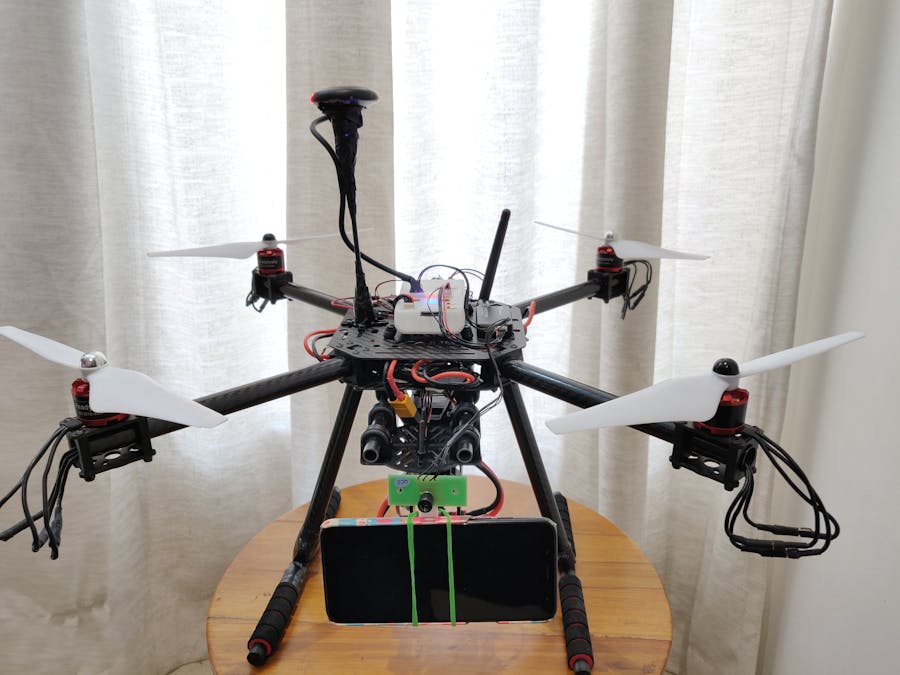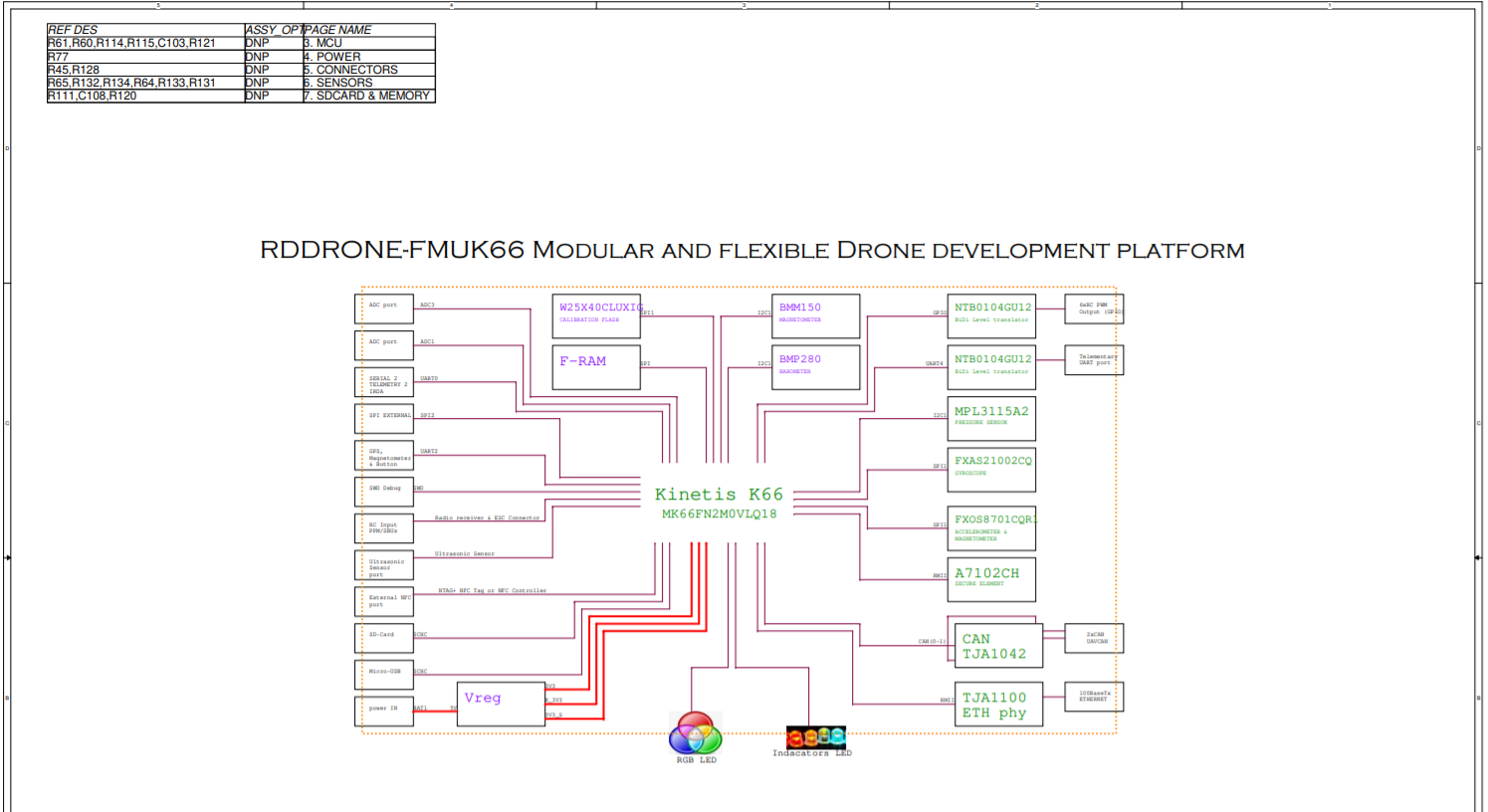Jugnoo provides a bird’s eye view of the fire site which gives firefighters real time surveillance information thereby minimizing human and monetary losses. The live video feed from the camera is transmitted through Wi-Fi (or long range FPV video feed) to ground station. Detection of humans, animals and other objects is done using PoseNet Neural Network processing. This processing can be done onboard or offboard depending on the compute power required. Onboard analytics are used for ‘immediate reaction events’ while offboard analytics can run complex ML/AI algorithms to capture the critical information from Jugnoo’s camera and sensors feed.
PoseNet offers a key advantage of being able to recognize Humans even with occluded body parts. Analysis of video feed by PoseNet was improved by implementing multi-threading in Python. This resulted in an increase in achieved FPS, thereby making the implementation more accurate and real time. The current implementation uses pre-trained PoseNet weights, and the current scope can be improved to detect more objects by adding on more training data pertaining to the Fire scenarios.
Onboard IR sensor array (MLX90640) is used for thermal imaging of the fire zone. The heat map retreived at ground station from Jugnoo can identify potential hotspots that are not visible to naked eye. A potential use case can be to identify most impacted regions inside a building across walls which are not visible in the live video feed. The heatmap can also be used to tread a safe path by avoiding potential hotspots on the exit routes in case of any rescue operations or after the fire has started to subside. The current implementation uses 32x24 pixel sensor which can be replaced by a higher resolution sensor to improve the heat map information.
Jugnoo is designed to work in manual or autonomous flight modes. The autonomous mode removes restriction of proximity from ground station there by enabling the ‘drone’ to maneuver at greater heights and over larger distances. Orbital mode combined with Pan-tilt camera mechanism of Jugnoo provides a 360 degree view for surveillance of affected region to collect live feed or off-line data logs and present it for analysis.
In dealing with a Building fire, in addition to diagnosing any human or animal life present, Video feed from Jugnoo combined with the heatmap can also reveal possible entry points and path for firefighters which can ease the rescue work and minimize the risks involved.
In case of wildfires, firefighters can monitor through Jugnoo to understand how the fire spread and possibility of nearby targets. The autonomous flight mode can be hugely beneficial in case of massive wildfires like the recent “Brazillian Rain forest” and “Australian Bushfire” catastrophe.








Comments
Please log in or sign up to comment.